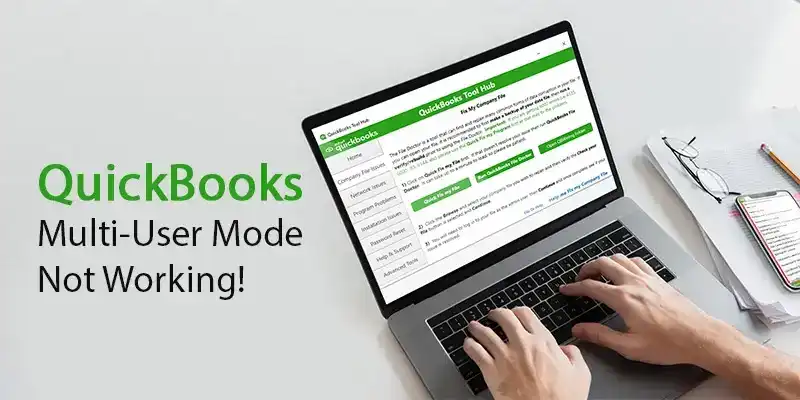So, it is that time of the year…! Wait, no, we’re not talking about the tax season! We are drawing your attention on the after-effects of the partial federal shutdown. Time and again, the citizens of America have witnessed the government shut down. And every single time we observe that the shutdown is eventually being shut down (pun-not-intended).
But, why is it that the shutdown happens? Well, I think a single word would suffice here, and that is disagreement. What happens when two people, two groups, or two parties fail to arrive at a commonplace, or a point of agreement? Things come to a halt. Following the trail, when the Democrats and the Republicans disagree, the Shutdown happens! And this is exactly what was happening in the country recently. And, amidst the turmoil caused by the longest shutdown in American history, trouble has been brewing for the American residents. And more so, for the taxpayers and preparers.
What Trouble, Do You Ask?
At the max, what do you expect from your government? For it to sail smoothly, of course. And the shutdown does exactly the opposite. Considering the current situation, we have observed this: A majority of IRS employees were furloughed but then enforced to work during the shutdown; them currently waiting for their paychecks to arrive, farmers without loans, immigrants waiting for security approvals, court cases delayed, and a vast majority of taxpayers in trouble because the IRS was closed. The government is running short on funds and a lot of primary services that had come to an ugly halt, trying to get things back to normal.
Clearly, shutdowns are not fun and the governments need to act maturely to arrive at a solution, soon. But, this is not the first time we have been a witness to the partial federal shutdown. American history speaks volumes about a number of government shutdowns, 21 to be precise. Let’s take a look:
Shutdown #1: President Gerald Ford- 1976
The ten days long shutdown, i.e from September 30 to October 11, 1976, happened because he vetoed a funding bill for the U.S. Department of Health, Education, and Welfare, owing to uncontrolled spending. The Democrats, on the other hand, who controlled the Congress overrode the veto, resulting in a disagreement which took ten days to arrive at a resolution.
Shutdown #2: President Jimmy Carter- 1977
The twelve days long shutdown occurred when the Senate and the House failed to come to a point of agreement regarding the ban on using Medicaid to pay for an abortion. Up until then, Medicaid could only be used to pay for an abortion if the mother’s life is at risk, whereas, the Senate proposed to include rape and incest victims under the Medicaid umbrella as well. The shutdown ended on Oct 13, following a temporary agreement.
Shutdown #3: President Jimmy Carter- 1977
After the temporary agreement ended, the shutdown once again continued for 8 days, i.e. from Octo 31 to Nov. 9, 1977. President Jimmy Carter had to sign another funding agreement in order to get some more time to negotiate with the House.
Shutdown #4: President Jimmy Carter- 1977
The government shut down for the third time on Nov 30 when the House completely disagreed on the use of Medicaid to fund for abortion, except for when the mother’s life is at risk. Eight days later, i.e. on Dec 9, 1977, an agreement was finally made and the Medicaid could now be used to fund abortion in case of rape, incest, or when the health is at risk.
Shutdown #5: President Jimmy Carter- 1978
One of the longest shutdowns in American history, it went on for full 17 days, from September 30 to Oct 18, 1978. President Carter too raised the issue of unnecessary spending this time and vetoed a $37 defense authorization billion, citing that some of the defense equipment was not required and classified it as wasteful expenditure.
Shutdown #6: President Jimmy Carter- 1979
The 11 days long shutdown, from September 30 to October 12, 1979, led to a funding gap since the House demanded a 5.5 percent pay increase for the members of the Congress and the senior civil servants. Also, the issue of abortion was raised once again, where the House opposed to allowing Medicaid for abortion in case of rape and/or incest.
Shutdown #7: President Ronald Reagan- 1981
When the spending bill was $2 billion short of the cuts that President Ronald Reagan demanded, he vetoed the bill. This led to the government shutdown for two days, i.e. from November 20 to November 23. A temporary bill was agreed on following the demands made by the Democrats who were controlling the house, so the Congress could resolve all of the issues.
Shutdown #8: President Ronald Reagan- 1982
Due to a one-day delay in passing the spending bills, the government was shut down on September 30, 1982, for one day and reopened on Oct 2.
Shutdown #9: President Ronald Reagan- 1982
President Ronald opposed the demand for job program funding which was made by both the House and the Senate. The opposition caused the government to shut down for three days, i.e. from December 17 to December 21, 1982. Reagan also faced opposition from the House regarding funding for the MX missile. To end the shutdown, the President agreed to drop the MX missile funding and the House agreed to drop the demand for job funding.
Shutdown #10: President Ronald Reagan- 1983
Once again the government shut down for three days, i.e. from November 10 to November 14, following the disagreement between President Reagan and the House. Where the House demanded an increase in the funding for education, Reagan wanted to spend more on the MX missiles. Eventually, both the parties settled on an agreement and ended the shutdown.
Shutdown #11: President Ronald Reagan- 1984
The House came forward with two proposals, one a crime-fighting package which was also supported by President Reagan, and second was the water projects package which faced opposition from the President. This led to the government shutdown for two days, from September 30 to October 3, 1984. A temporary extension was passed to bring the shutdown to an end.
Shutdown #12: President Ronald Reagan- 1984
As the temporary extension expired, the government was shut down on October 4, 1984, and was reopened on October 5. The demand for funding the water projects package had to be dropped by the House but the crime-fighting package stayed put.
Shutdown #13: President Ronald Reagan- 1986
On October 16, 1986, the government was shut down for one day as the House faced opposition from both the Senate as well as President Reagan over the welfare package deal. The government reopened on October 18, 1986.
Shutdown #14: President Ronald Reagan- 1987
The house and the Senate were both against the funding given to the Nicaraguan “Contra” militants. Following the opposition, on Dec 19, 1987, the government was shut down for one day and reopened on Dec 20, 1987.
Shutdown #15: President George H. W. Bush- 1990
The only shutdown that happened during George H. W. Bush’s presidency was in October 1990, when he vetoed the continuing resolution because a deficit-reduction package was not included in it. The shutdown that began on October 5 ended three days later, i.e. on October 9 when a deficit-reduction package was included in the continuing resolution.
Shutdown #16: President Bill Clinton- 1995
The government remained shut down for five days, from November 13 to November 19, 1995, because President Clinton vetoed a continuing resolution following the sharp hikes in Medicare premiums.
Shutdown #17: President Bill Clinton- 1995
The second longest shutdown in the U.S history started on Dec. 5, 1995, which ended on Jan. 6, 1996. The shutdown happened when President Clinton vetoed the spending bill proposed by Congress. Twenty-one days later, the President and the Congress agreed to a compromise seven-year budget plan to end the shutdown.
Shutdown #18: President Barack Obama: 2013
The standoff over the Affordable Care Act, also known as Obamacare, led to a 16-day long shutdown in the U.S., after seventeen years. The Congress made several anxious attempts to negotiate with the Senate by passing a number of versions of the bill, but the Senate kept sending them back. On the night of Oct. 16, 2013, the House and the Senate agreed on a bill and ended the 16-day long shutdown on Oct. 17.
Shutdown #19: President Donald Trump- 2018
The three-day long federal shutdown, from Jan. 20 to Jan 23, 2018, happened because President Trump and the Democrats stood divided on the immigration and funding issue. Where the Democrats demanded a legislative fix for the DACA program, the Republicans countered that the immigration deadline wasn’t until March. A short-run funding bill was agreed upon by Congress to end the government shutdown.
Shutdown #20: President Donald Trump- 2018
On Feb. 17, when the Republicans and the Democrats announced a two-year budget agreement, opposition came from people like the House Minority leader Nancy Pelosi and Sen. Rand Paul. This led to a 9-hour long shutdown which ended when the Congress agreed to pass the $400 billion deal.
Shutdown #21: President Donald Trump- 2018
On Dec. 22, 2018, just ahead of Christmas, the government partially shut down, following a disagreement over the border security issue. President Trump urged for funding to build the border wall which the House failed to agree on. The shutdown ended after 35 days and might happen again in the mid of February.
Conclusion
Shutdowns have been a consistent part of American history. However, they are not cheap. They cost, and they cost a lot. The American economy has lost billions of dollars in shutdowns and the trend does not seem to end anytime soon. And the most affected ones are the federal government employees and private business owners. While some may opine that the shutdowns are harmless, or even beneficial in some cases, the fact that cannot be overlooked is that they have always been true economic disasters.


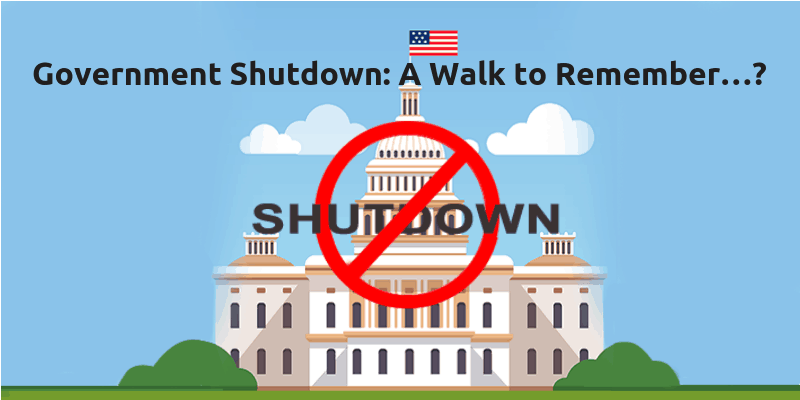
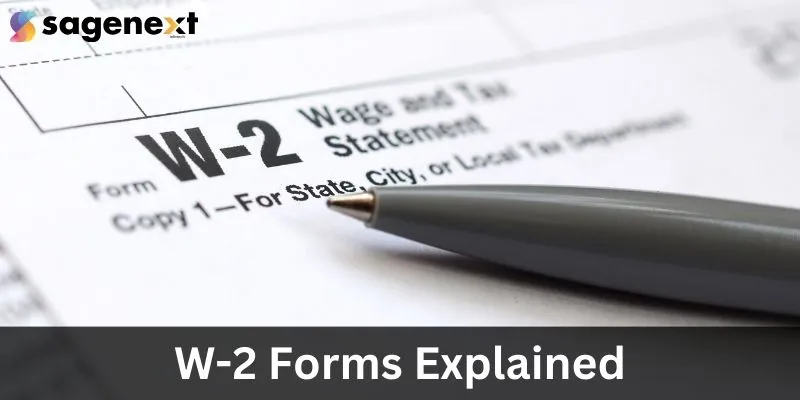
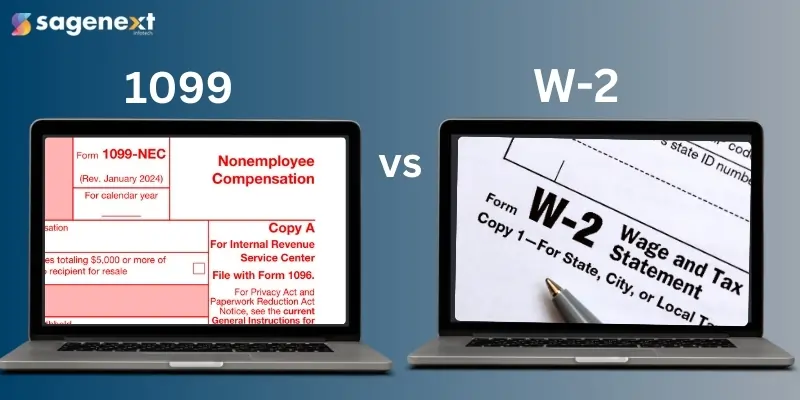
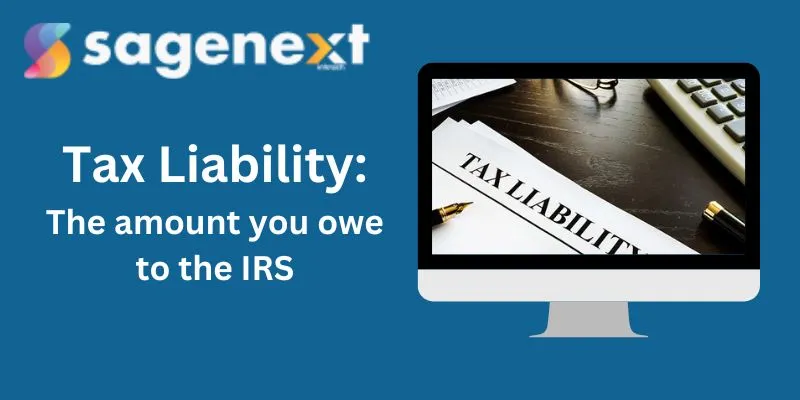

 Popular Posts
Popular Posts
